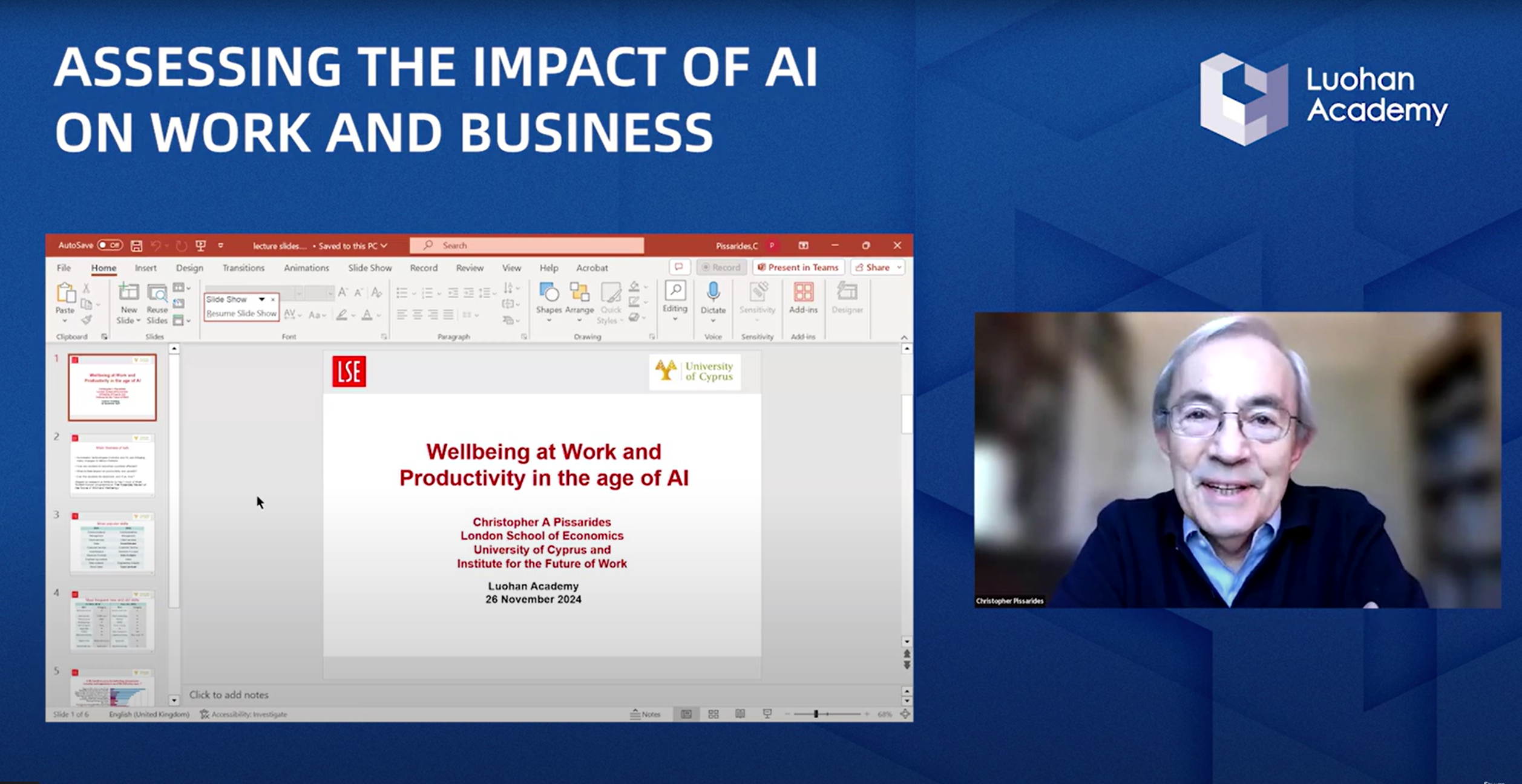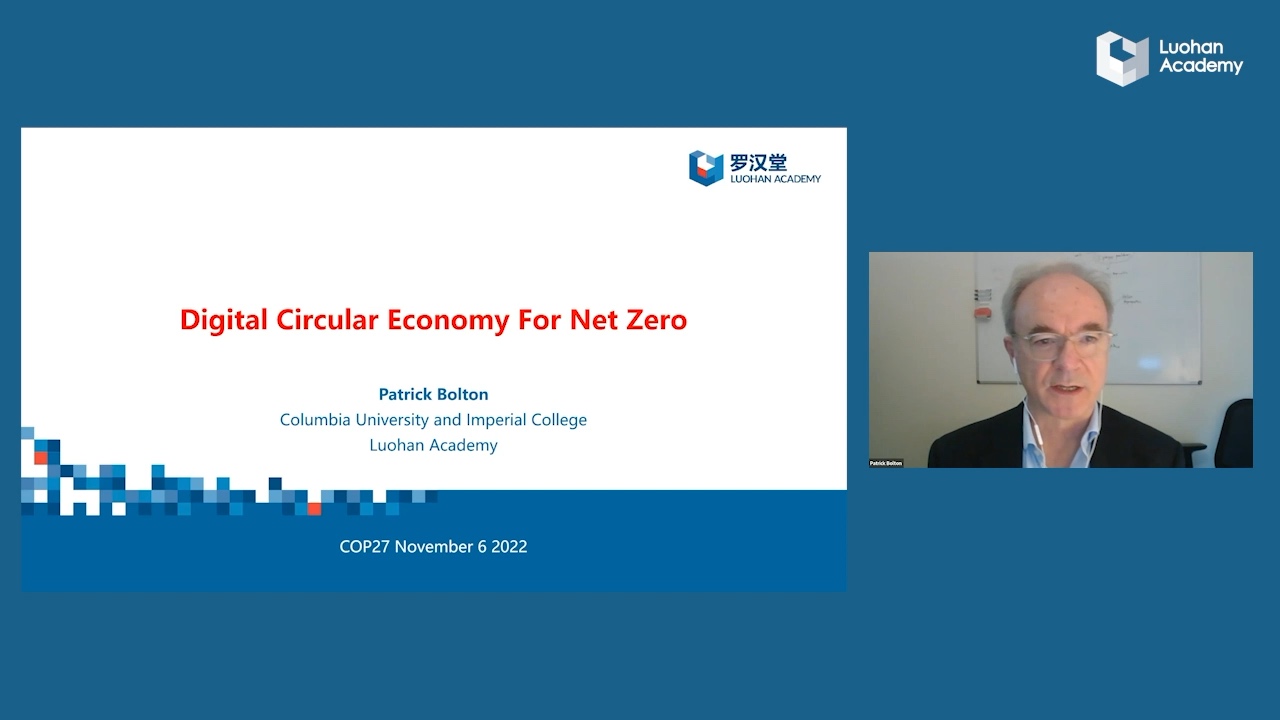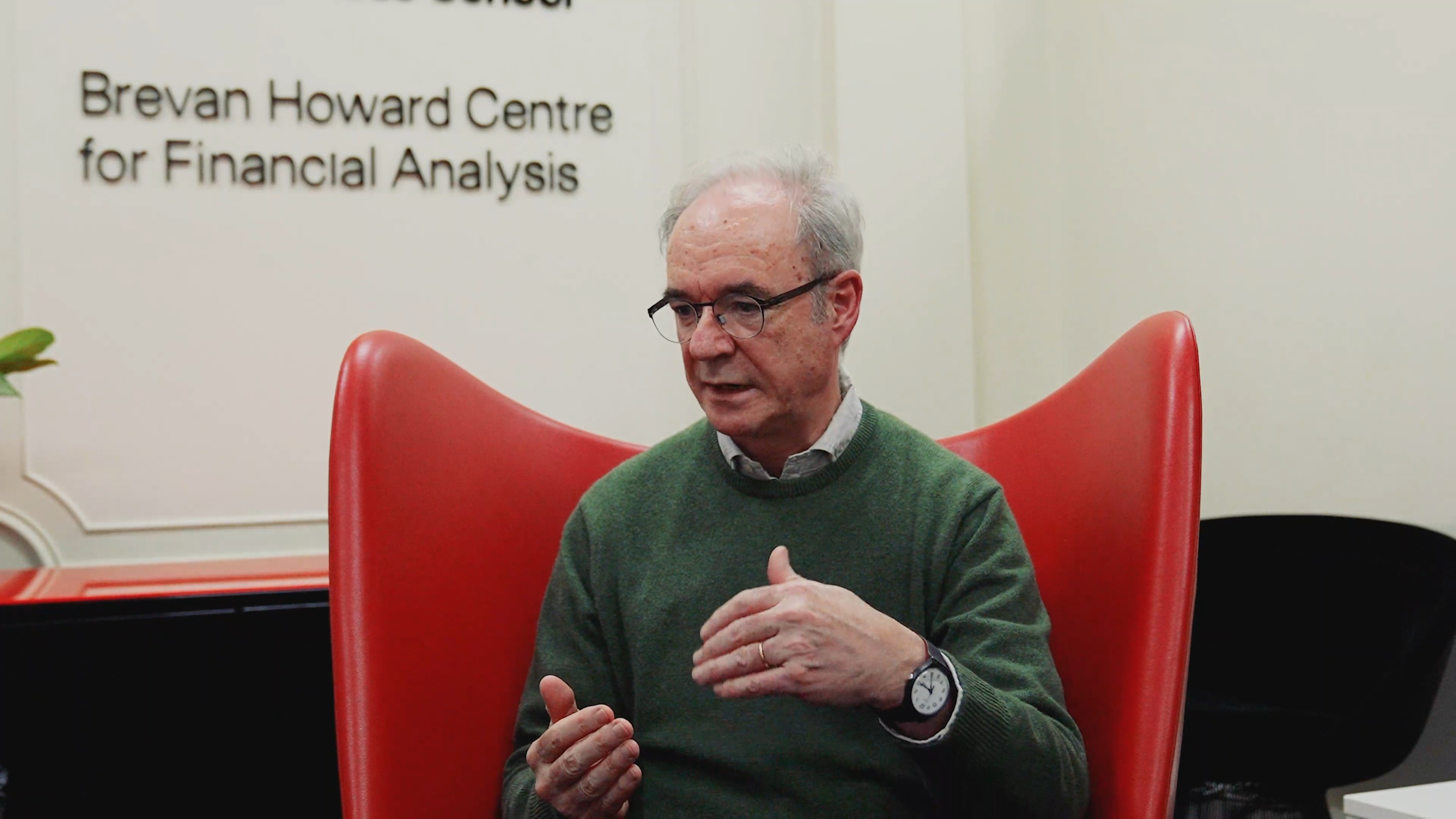For many decades, the Coase theorem of the “Division of Labor” between organizations and markets has been the fundamental framework for understanding resource allocation and coordination mechanism. However, with the emergence of digital technology and platforms, traditional boundaries are disappearing before our very eyes and giving way to the facilitation of large-scale coordination with unprecedented participation. The application of digital transformation is changing the nature of work and the structure of the economy. While digital platforms have enabled innovations and new coordination mechanisms, they also pose challenges ahead.
The 2nd Frontier Dialogue of Luohan Academy focuses on the “New Coordination and Market Dynamics”. Its very purpose is to provide a place for prominent scholars, industry experts, policymakers to exchange views and address critical issues in practice regarding this topic. In particular, we hope to initiate discussions on what digital transformation means for crucial issues such as economic growth, inclusion, innovation, and competition.
Hal Varian is Chief Economist at Google, and an expert in information, technology innovation and entrepreneurship. US media and law circles have criticized Big Techs for "hampering innovations." Doctor Varian responded to such criticism based substantiated data analysis and case studies in the seminar.
Transcript:
Hal Varian: I'm going to talk a bit about innovation because all those discussions come around to innovation.
let's start with venture capital, which is critical to the industries we're discussing today. And let me just show you a picture of what investment in venture capital looks like in the US.
So the dark blue bars, they are initial rounds of funding. The light blue are subsequent rounds of funding. And then the line is in fact, the number of businesses that are funded. So you can see for both the line and the bars that is for both the funding and the number of entities funded. We're seeing really quite good growth for the last a decade. See the big bubble there in 2000 and then subsequently pretty much growth in most years.
And the same thing's happening in Europe. If you look at the European situation, it’s a slower in growth in the number of firms funded, but the funding is quite a good. Now this stops in in 2018, it's the latest date I could get, but basically things were pretty good on the venture capital side. Now there's another company that serve as venture capital, and that is known as PitchBook.
And if you look at their data, you're seeing the same general picture with respect to funding, but the numbers have been going down. And this fact that the numbers have gone down, it has been noted by several observers, most prominently, the Economist magazine that had a story a couple of years ago on American tech giants are making life tough for the startups.
So the PitchBook data is supposed to show that the slowing numbers are due to somehow incumbents preventing or discouraging entry. And it seems strange to me that we saw these two different pictures, depending on whose data we look at. So I dug into this a little bit, turns out the Pitchbook, included angel and seed funding and their deal and venture source did not.
Venture source looked at the actual venture capital investment early and late. And that's important because the venture funding is actually eight times as big as the angel seed funding. So angel seed stuff is like family and friends, small funding opportunities, a few tens of thousands, maybe a few hundred thousand dollars, but venture fundings and in the millions in tens and hundreds of million. So in fact, when you look at that picture of the green, as the angel and seed funding, many people consider that to be something of a bubble.
If you look at PitchBook CEO, he said after a couple years of frenzied investments, the venture capital ecosystem is moving away from its financing peak, and turning to a normal, healthy investment climate. So contrary to what the economist argued or stated. And and it's a review, venture capitalists are doing just fine. There was a bit of a bubble in angel and seed capital, but that seems to be back to normal now.
What about R and D spend?
This starts in 1953 and looks at the division of R&D funding between the government and business. So back in the fifties, the government was funding most research, and now it's become businesses funding most research, quite a difference.
Luckily the private sector has stepped in and is funding basic research. If you look at the GAFA companies, Amazon Alphabet, Microsoft, Apple, they, that is the red lines here, the red bars, they're really doing a lot of of R&D. And there's a kind of a geographic picture there too. If you look at the EU, you see autos and pharma are the companies that are doing the R and D. In Asia, it's telecoms like Samsung, Huawei, and so on. And in the US, a lot of it is the the online businesses that people have referred to already. And you would think that this diversification across geographic borders would be a good thing. Remember David Ricardo, the example of wool and wine, and comparative advantage, but there's a lot of anxiety in the governments. The EU, even though they have a very strong position in autos and pharma, they want to be online. And Asia has a strong position in telco and consumer electronics, but they want to be in pharma or whatever. So there's a lot of jockeying in terms of these sectors.
Google, for example, R&D as a fraction of revenue has doubled since 2002. There's a very large group engaged in basic research of all sorts and very high quality.
If you look at this neural net conference in 2019, the leading papers in terms of number of papers, Googles, Stanford, CMU, MIT, and Microsoft Research are the big players in that domain.And the same is true at ICML 2020, a machine learning conference where we saw the same thing happening in that area.
And here's a nice little slide. I don't know how many of you are familiar with Kaggle. Kaggle is a company that does machine learning competitions. So they're actually are owned by Google. I was an angel investor in Kaggle several years ago, and they're just going gangbusters because companies are coming in with real problems where machine learning will make a difference. They're putting up real money and people were competing for that. For that prize money. Recent example is a case of funding from the real estate industry, Zillow. Zillow wanted an improvement on their model for forecasting housing prices. They paid a million dollar prize to a three person group who came up with the most effective machine learning model. And that was comprised of a Canadian an American and a Moroccan who met online. And it came up with the best model for Zillow.
Here's a great picture of our quantum computing framework, which I think is located in Santa Barbara and not quite sure where it is these days. But we recently announced quantum supremacy, showing a problem that could not really be solved by existing digital computers, but could be solved in the quantum realm.
Acquisitions. Another big part of innovation.
One thing that people don't really appreciate is 1992, but now there've been five times as many exits by acquisition as IPO's. So the normal mode, the most common mode for exiting venture funding is via acquisition, not by IPO. And this is here's a picture IPO is blue and the acquisitions is red. And you can see what's going on in that industry. That's a change since the nineties, but it's been going on for at least 30 years.
And startups are well aware of this. There's a really nice survey run quarterly by the Silicon Valley bank that asked among other things. What's the realistic long-term goal for your company? 57% of the respondents said it was acquisition in 2018 and 50% in 2019, only 18% said it was IPO.
Many acquisitions in Silicon Valley, In fact, I would say most acquisitions are acquihires that is hiring a small team of people that have some expertise in a particular domain.
Example from Google, we saw early on that voice recognition was going to be a big deal. And we moved to mobile computing, and we started a a little service called Goog411. Where we provided online directory services. And by providing those directory services, we were able to get tons of data for voice recognition. We hired researchers who could analyze that data, both by hiring individuals and by acquiring companies that had expertise in that area. And we're often running. Android, which of course is a huge success. Now that was a five engineer acquisition. There were eight employees in Android when we acquired it, there was no product. They had a vision of a product. They had ideas. We thought they were great ideas. We added a few billion dollars and a few thousand engineers. And two years later, we had a product, the Android operating system. It's a lot easier to hire a team of engineers than it is to hire five separate individuals. Plus you get the team, which is a important issue. So these acquisitions are generally not to acquire a product or a market, but in fact, to acquire that expertise.
You read a lot in various places about the kill zone. So what's a kill zone?
That's an area that's not worth operating in since defeat is guaranteed. Well, the verse observation you want to make about that statement, of course, venture capitalists are going to look for the best opportunities there, they're not going to look at places where they think there's not going to be some potential for innovation. And the example let’s take AI, Google, Apple, Amazon, China, Europe countries have announced AI initiatives and strategies surely no startup want to enter this kill zone.
But look, if you look at the actual numbers of fundings in different areas, 610 companies in 2018 entered into artificial intelligence related activity.
So what they're looking for of course is to be acquired, because startups want to be in sectors where there are lots of acquisitions since that's the normal means of exiting from venture capital funding in today's world.
And finally, the last point I want to make is all of this research is in vain. Unless there's some way it can disseminate it across different research teams, across different countries, across different sectors.
And if you look at what it looked like to enter new sectors 20 years ago, you had to build all these data centers, you have to acquire the hardware, the software then networking. A lot of it was proprietary, was costly to acquire. Nowadays, open source tools, standardized available from several different vendors. Everyone now has access to technology that only the richest companies could afford a few decades ago. Image recognition, communications, coordination, search are all available as servers. You build your capabilities by combining the services offered by these cloud computing data centers. I coined a word two years ago called micro-multinationals and a micro-multi-nationals is a company that is born digital, born international. You can use the tools like the tools that you're using now, zoom, to in fact coordinated activity within the company. These are tools that only the largest multi-nationals could afford a couple of decades ago, but now virtually they're free.
And it's not only in the technology area, but it's also in business services. There's a little slide on how to start a startup from funding, to hiring, to renting office space, to cloud computing on and on and on. You can purchase these business services on an as-needed basis at scale as necessary.
And finally, Xooglers. Xooglers is ex Googlers. And we did a little study that they've created more than 2000 startups. 10 times the number of companies that Google has acquired in the last year have been created by people who previously worked at Google and brought the operating procedures used there into into their own business.This include companies like Pinterest, Quip, and Instagram.
And the same sort of thing is true of Facebook. The same thing is true of Microsoft. They're around for a long time now, and this is one of the ways that you see these practices disseminated around the globe.
Here's a picture of a few of the Xooglers. One of them has started a fund, a venture fund that invest only in businesses set basically are, were spinoffs from Google via this this particular route.
For more information, please visit Luohan Academy's youtube channel: Luohan Academy









